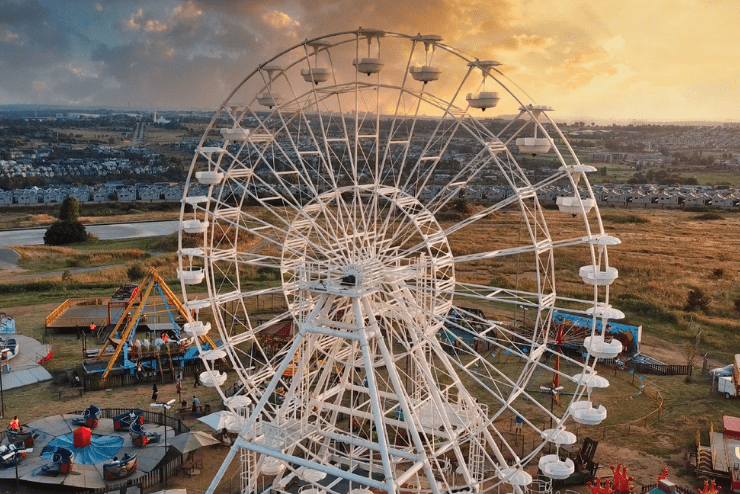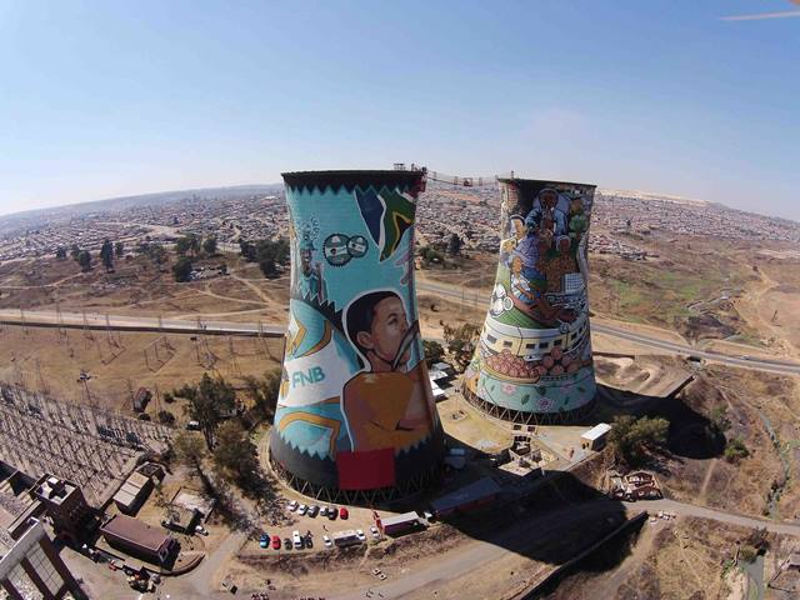Everything about Johannesburg North Attractions
Everything about Johannesburg North Attractions
Blog Article
The Only Guide to Johannesburg North Attractions
Table of ContentsUnknown Facts About Johannesburg North AttractionsJohannesburg North Attractions Can Be Fun For Everyone7 Easy Facts About Johannesburg North Attractions ExplainedEverything about Johannesburg North AttractionsJohannesburg North Attractions - An OverviewJohannesburg North Attractions - The Facts
Soon before Christmas 1898, a boilermaker from Lancashire, Thomas Edgar, came to be involved in an inebriated quarrel with an uitlander neighbor. While resisting arrest, Edgar was fired dead by a Z. A. R. policeman. The policeman was billed with murder however the district attorney lowered the cost to murder and launched the implicated on bond.. R. Johannesburg North attractions. In an initiative to soothe the circumstance, Smuts looked for to strike an offer with the mining business. The astute Cambridge-trained lawyer invited Percy FitzPatrick (who was to acquire popularity as the writer of Jock of the Bushveld, published in 1907) to work as the major arbitrator for the mining homes
A. R. was impending. Johannesburg, c. 1900 (www.geheugenvannederland.nl) When Johannesburg was established in 1886, public education and learning in the Z. A. R. was managed by the Education and learning Legislation of 1882. The earlier Education and learning Legislation of 1874 had actually supplied that federal government institutions in the Z. A. R. (only a handful of such colleges remained in existence) were to be non-denominational which direction was to be in Dutch or English, at the will of parents.
In 1886, Pope Leo XIII comprised the Transvaal an independent prefecture under the territory of the Rt Revd Odilon Monginoux of the Oblates of Mary Spotless, who was the initial Prefect Apostolic of the Transvaal. On 20 July 1886, Fr John de Lacy O. M. I. checked out the Rand. He put on the government for a parcel huge enough to accommodate a church, a college and homes for the educators.
Little Known Questions About Johannesburg North Attractions.
The college relocated to Doornfontein in 1895, and came to be referred to as the East End Convent. In 1905, the Holy Family sisters likewise started Parktown Convent College (now Holy Family College). On 2 November 1887, Miss Frances Buckland started teaching in a residence on the edge of Jeppe and Rissik streets.
On the other hand, on 11 June 1887, the Revd John Thomas Darragh, the very first Anglican clergyman to be stationed on the Rand, had arrived from Kimberley. A massive tome on the background of Christianity in Africa observes briefly: 'The Anglican neighborhood at Kimberley was lucky to have as its leader J. T.
He had actually won a scholarship to The Royal Institution, Armagh, whence he had increased to Trinity University, Dublin, as a Foundation Scholar. Here he had distinguished himself, being Classical Hebrew and Divinity Prizeman, and had ended up being a Fellow of Trinity College. He was ordained in 1880, and became curate of All Saints, Grangegorman, County Dublin.

He was an energised and enterprising male who quickly dove himself heart and soul right into the life of the growing and dynamic mining neighborhood. It was not just the Anglican parishioners that derived benefit, for Darragh functioned unstintingly among all markets of the village. The little area of Greek Orthodox settlers in Johannesburg had no archimandrite, and so came close to Darragh to perform marriage and baptismal ceremonies.
What Does Johannesburg North Attractions Do?
(www.eggsa.org) Around the exact same time, the Revd Mr Darragh brought right into presence St Mary's College for Boys, which was established as a choir school for St Mary's Church. The origins of St John's College can be mapped back to this school. The first headmaster of St Mary's School for Boys was Mr F.
The institution was checked by the Z. A. R - Johannesburg North attractions. education authorities at the end of 1888. The examination was passed with flying colours, specifically in regard of the standard concerning the training of Dutch, as a result of which the institution got a 'extremely liberal grant' from the state
The Only Guide to Johannesburg North Attractions
Marist Brothers' University acquired such an excellent reputation that some authorities of the staunchly Protestant Z. A. R. government enlisted their kids as pupils at this Catholic school. Throughout the Anglo-Boer South African Battle (1899-1902), the institution's enrolment went down, however by 1905 numbers were back to 500 and the college was promoting the reality that it had 'sufficient stabling for students' horses'.
In 1892, the Superintendent of Education And Learning, Dr N. Mansvelt, assembled a report in which he mentioned that some teachers in the Transvaal might not lead to the words 'Pretoria' and 'Potchefstroom', and did not know the difference between a noun and an adjective. In the same year, the Education Regulation was amended to give that all teachers in institutions receiving federal government aids had to be members of a Protestant church; schools additionally could not get subsidies in regard of Jewish and Catholic students.

Some Ideas on Johannesburg North Attractions You Should Know
On 7 March and 9 April 1892, the Revd Mr Darragh corresponded to the State Assistant, Dr W. J. Leyds, in which he stated that the previous Superintendent of Education and learning, Ds S. J. our website du Toit, had taken on in 1888 that English-medium institutions such as St Mary's and St Michael's that also supplied instruction in Dutch would get state subsidies.
The W. C. E.'s things were to promote elementary education 'suited to all nationalities and creeds' and to counter the special usage of Dutch as medium of direction in state-supported institutions. By the end of 1896, the W. C. E. had acquired possession of three institutions, and had actually assumed control of and monetary obligation for three other schools.
St Cyprian's was at first granted a state aid, however this was cancelled when a federal government evaluation revealed that the college had many coloured and 'native' young boys among its students, sharing desks with white kids. Regardless of the withdrawal of the aid, the school took care of to survive.
After the Battle, it was reopened and run by Sis of the Society of St Margaret (informally understood as the East Grinstead Sisters, with referral to their look at more info convent in East read this Grinstead, Sussex). Undaunted by the contretemps with the authorities concerning St Cyprian's and its subsidy, Darragh started Willpower School in November 1891.

Report this page